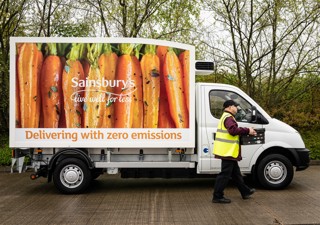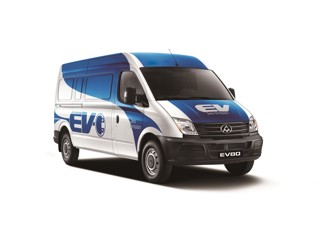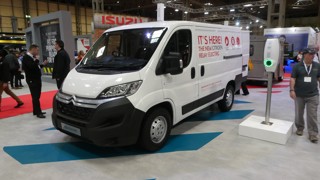The Low Carbon Vehicle Partnership and Cenex have published a new low emission van guide.
The introduction of clean air zones in London (ULEZ), Birmingham and Leeds (with other cities likely to follow) is adding to the impetus for fleet managers to consider low and zero emission vehicle options.
Reducing CO2 emissions also makes business sense as lower carbon vehicles can be cheaper to run.
Meanwhile, rising public awareness about climate change and its impacts is adding to the pressure on both public and business operators to do – and be seen to do - everything they can to tackle this urgent challenge.
The Low Emission Van Guide, intended for use by van buyers, fleet managers and procurement leaders, provides an overview of low emission vans, the alternative fuels and technologies that can be used as well as providing advice on fleet management best practice.
The guide looks at operational, financial and environmental considerations and a range of technology options including battery electric vans; plug-in hybrid and extended range electric vehicles; charging infrastructure; liquefied petroleum gas and BioLPG; compressed natural gas and biomethane; high blend biodiesel and hydrogen fuel cell and dual fuel options.
LowCVP’s managing director, Andy Eastlake, said: “Van use is one of the most important and complex road transport sectors. It’s been growing rapidly and represents a major source of the polluting emissions which we urgently need to tackle from both air quality and climate change perspectives.
“Government has committed to all new vans in 2040 being effectively zero emissions, so we need to move now if we’re going to get fast enough down that Road to Zero.
“Technology is advancing rapidly in many areas and it’s vital that fleet managers are up-to-speed with the latest options. This new guide should help them get close to the forefront of developments and plan for the future."
Cenex’s head of transport, Steve Carroll, added: “With van ownership cycles being anywhere up to eight years, it’s essential that fleets now start to investigate, trial and understand how to successfully implement lower emission vehicle technology options so they can form part of a future-proof fleet replacement strategy.
“This clear and informative guide is an essential read for van operators. It sets out the business and environmental case for a range of lower emission and zero emission technology options available to replace the use of conventional diesel vans – as well as an introduction to installing and overcoming infrastructure challenges.”
Print copies of the Low Emission Van Guide are available at the Commercial Vehicle Show at the NEC in Birmingham.
A digital download of the report is available here.























Login to comment
Comments
No comments have been made yet.